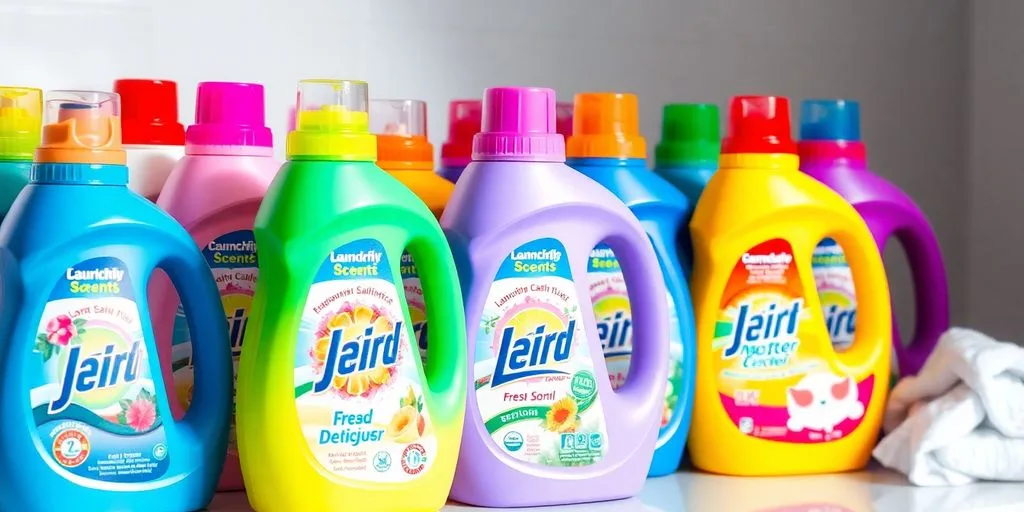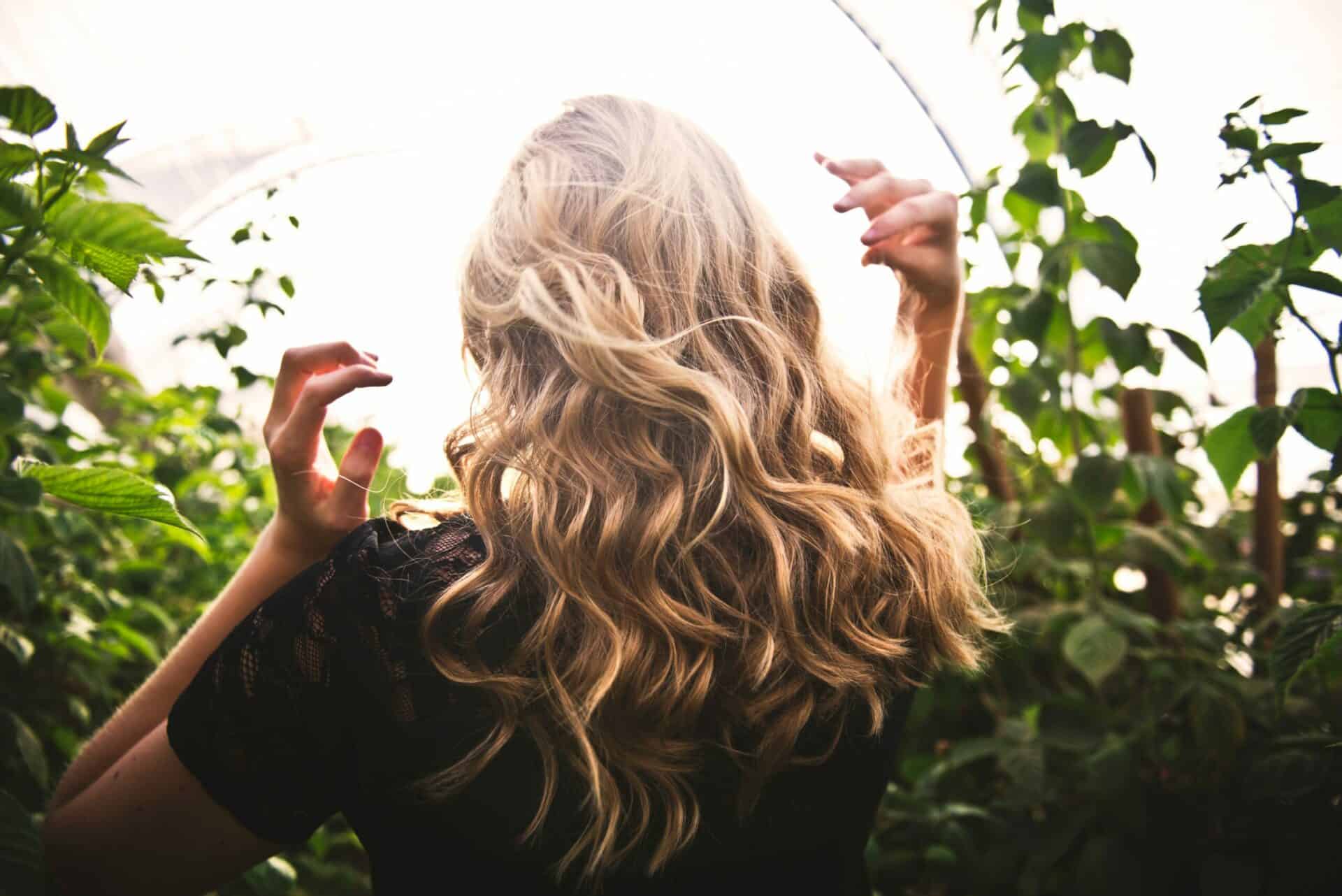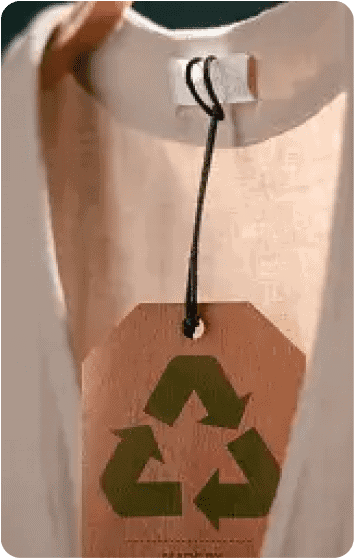As consumers become more conscious about their purchases, the question of whether brands are cruelty-free has gained traction. L’Occitane, a well-known beauty brand, often comes up in discussions about animal testing and ethical practices. In this article, we’ll explore L’Occitane’s policies, the impact of global regulations, consumer demand for cruelty-free products, and the brand’s sustainability initiatives to answer the pressing question: is L’Occitane cruelty free in 2025?
Key Takeaways
- L’Occitane has a complex history with animal testing that is worth understanding.
- Global regulations are tightening, influencing how L’Occitane and other brands approach cruelty-free claims.
- Consumer demand for cruelty-free products is on the rise, pushing brands like L’Occitane to adapt.
- Certifications and seals play a crucial role in verifying cruelty-free claims, but they can be confusing.
- Sustainability efforts at L’Occitane may impact their cruelty-free status and consumer perceptions.
Understanding L’Occitane’s Animal Testing Policies

Historical Context of Animal Testing
Back in the day, animal testing was pretty common for cosmetics. It was just sort of the way things were done. Companies felt like they needed to test products on animals to make sure they were safe for humans. It’s a practice that has a long history, and it wasn’t always viewed with the same scrutiny it faces today. Regulations were different, and consumer awareness was much lower. Now, we’re seeing a big shift away from this, but understanding where we came from helps explain where we are now.
Current Animal Testing Practices
These days, things are changing. L’Occitane says they don’t conduct animal testing on their finished products. However, it’s a bit more complex than that. Sometimes, suppliers might test ingredients, or certain countries might require animal testing by law. It’s a tricky situation because global regulations vary so much. So, while L’Occitane might avoid direct animal testing, their supply chain and the laws of different countries can still play a role. It’s not always a black-and-white issue, and there are a lot of gray areas to consider.
L’Occitane’s Stance on Cruelty Free
L’Occitane claims to be against animal testing, and they’ve made some progress in reducing it. They’re working to find alternative testing methods and pushing for changes in regulations. But, like many big companies, they face challenges in ensuring their entire supply chain is completely cruelty-free. It’s an ongoing process, and they’re trying to balance their commitment to cruelty-free practices with the realities of a global market. It’s a tough spot to be in, and it requires constant effort and transparency.
L’Occitane’s journey toward being cruelty-free is complex. It involves navigating international laws, supplier practices, and consumer expectations. While they’ve made strides, complete transparency and adherence to cruelty-free standards remain a work in progress.
The Impact of Global Regulations on Cruelty Free Claims
Historical Context of Animal Testing
Animal testing in the cosmetics industry has a long and complicated history. For years, it was a standard practice to ensure product safety. However, growing ethical concerns and scientific advancements have led to increased scrutiny and regulatory changes. Many countries have now banned or restricted animal testing for cosmetics, pushing companies to seek alternative methods. This shift has significantly impacted how brands like L’Occitane approach product development and testing.
Current Animal Testing Practices
Even with increasing regulations, animal testing hasn’t disappeared completely. Some countries still require it for certain products before they can be sold there. This creates a challenge for global brands that want to be cruelty-free. L’Occitane, like many others, must navigate these varying requirements. They often rely on alternative testing methods like in-vitro testing and computer modeling to minimize or eliminate animal testing where possible. It’s a complex situation with no easy answers.
L’Occitane’s Stance on Cruelty Free
L’Occitane has publicly stated its commitment to reducing and eventually eliminating animal testing. They’ve invested in research and development of alternative testing methods and actively work with regulatory bodies to promote cruelty-free practices. However, their products are still sold in some regions where animal testing is required by law. This has led to some controversy and confusion among consumers. It’s a balancing act between their ethical commitments and the demands of the global market.
L’Occitane’s position is that they are against animal testing, but they must comply with local regulations in certain markets. This is a common issue for many international brands, and it highlights the need for more consistent global standards.
Consumer Demand for Cruelty Free Products
Trends in Consumer Preferences
Consumers are increasingly interested in cruelty-free products. It’s not just a niche market anymore; it’s becoming a mainstream expectation. People want to know that the products they buy haven’t caused harm to animals. This shift is driven by greater awareness of animal welfare issues and a desire to make ethical choices. More and more shoppers are actively seeking out brands that align with their values.
The Rise of Eco-Conscious Beauty
Eco-conscious beauty is about more than just avoiding animal testing. It encompasses a broader commitment to sustainability, including things like reducing waste, using sustainable ingredients, and minimizing environmental impact. Consumers are starting to see the connection between animal welfare and environmental protection, and they’re looking for brands that address both. This trend is fueled by:
- Growing awareness of environmental issues.
- Increased availability of eco-friendly products.
- A desire to support companies that are doing good.
The rise of eco-conscious beauty reflects a fundamental shift in consumer values. People are no longer just looking for products that make them look good; they’re looking for products that they can feel good about buying.
How L’Occitane Responds to Consumer Demands
L’Occitane, like many beauty brands, is facing increasing pressure to meet consumer demands for cruelty-free and sustainable products. The company has taken steps to address these concerns, such as:
- Investing in alternative testing methods.
- Working with suppliers to ensure ethical sourcing.
- Developing more sustainable packaging.
However, it’s important to critically assess whether these efforts are truly effective and transparent. Consumers should look beyond marketing claims and seek out independent certifications to verify a brand’s commitment to cruelty-free practices. The company’s response is crucial for maintaining its reputation and market share in an increasingly competitive landscape. The beauty industry is changing, and companies that don’t adapt risk being left behind.
Evaluating Certifications and Seals of Approval
Understanding Cruelty Free Certifications
Okay, so when we talk about "cruelty-free," it’s not just a nice-sounding term. It actually (or should) mean something specific. That’s where certifications come in. These are like official stamps of approval from different organizations that check if a company’s products and practices really line up with cruelty-free standards. Think of it as a report card for beauty brands. Some certifications are stricter than others, and they look at different things, like whether a company tests on animals at any stage, whether their suppliers do, and what ingredients they use. It’s important to know what each certification actually means.
- Leaping Bunny is a pretty well-known one.
- PETA’s Beauty Without Bunnies is another.
- Choose Cruelty Free is popular in Australia.
L’Occitane’s Certification Status
So, where does L’Occitane stand with all these certifications? Well, it’s a bit of a mixed bag. They’ve made some progress, but it’s not always clear-cut. It’s worth digging into exactly which products have which certifications, because sometimes a company might have some certified products but not all of them. Also, keep an eye out for any changes in their certification status, because these things can change. It’s all about staying informed and doing a little research yourself.
The Importance of Third-Party Verification
Why does third-party verification matter so much? Because it adds a layer of trust. If a company just says, "We’re cruelty-free!" you kind of have to take their word for it. But when an independent organization checks things out and gives their seal of approval, it means someone else has looked under the hood and confirmed that the company is actually doing what they say they’re doing.
Third-party verification helps reduce greenwashing, where companies make misleading claims about being eco-friendly or cruelty-free. It’s like having a neutral referee in a game – they make sure everyone’s playing fair. Plus, these certifications often require regular audits, so companies have to keep up with the standards to maintain their certification.
Sustainability Initiatives at L’Occitane
Commitment to Sustainable Practices
L’Occitane has been making some interesting moves lately when it comes to sustainability. They’re not just talking the talk; they’re trying to walk the walk, too. The company is focusing on reducing its environmental footprint through various initiatives.
- Using more recycled materials in their packaging.
- Sourcing ingredients in a responsible way.
- Reducing water consumption in their production processes.
Impact of Sustainability on Cruelty Free Status
Sustainability and cruelty-free practices are often linked, but it’s not always a direct connection. Sustainability focuses on the environmental impact, while cruelty-free is about animal welfare. However, a company committed to one is more likely to be committed to the other.
L’Occitane’s efforts to use sustainable ingredients and packaging can indirectly support their cruelty-free status. For example, if they’re sourcing ingredients responsibly, they’re less likely to be contributing to habitat destruction that could harm animals.
Consumer Perception of Sustainability Efforts
Consumers are paying attention to sustainability more than ever. People want to buy from companies that are doing their part to protect the planet. L’Occitane’s sustainability efforts can definitely influence how consumers see the brand. If people believe L’Occitane is serious about sustainability, they’re more likely to buy their products. It’s all about building trust and showing that the company cares about more than just profits.
| Factor | Impact on Consumer Perception
Challenges in the Beauty Industry’s Cruelty Free Landscape
Navigating Misleading Claims
It’s tough out there for consumers trying to make ethical choices. The beauty industry is full of claims, and not all of them are what they seem. You see words like "natural" or "eco-friendly" thrown around, but what do they really mean? It’s hard to know if a product is truly cruelty-free or just using clever marketing. It’s up to us to really look into what these companies are doing.
The Role of Greenwashing
Greenwashing is a big problem. Companies might make small changes to appear more ethical, but they’re not really addressing the bigger issues. This can include using a small amount of recycled material in their packaging while still contributing heavily to pollution through their manufacturing processes. It’s frustrating because it makes it harder to support brands that are genuinely committed to cruelty-free practices.
It’s important to remember that a company’s actions speak louder than their words. Look beyond the marketing and see what they’re actually doing to reduce their impact.
Consumer Education and Awareness
We need more education about what cruelty-free really means. It’s not just about animal testing; it also includes things like sustainable sourcing and ethical labor practices. Here are some things to keep in mind:
- Research brands before you buy.
- Look for certifications from trusted organizations.
- Read ingredient lists carefully.
It’s a lot of work, but it’s worth it to support companies that are doing things the right way. The more we know, the better choices we can make.
Future Outlook for L’Occitane and Cruelty Free Practices
Predictions for 2025 and Beyond
Looking ahead, it’s tough to say for sure where L’Occitane will stand on the cruelty-free issue. The beauty industry is changing fast, and consumer pressure is a big deal. More and more people care about whether their products are ethically made, and that includes animal testing. If L’Occitane wants to stay competitive, they’ll likely need to keep moving towards cruelty-free practices. It’s not just about avoiding bad press; it’s about meeting the expectations of a growing number of shoppers.
Potential Changes in Policy
L’Occitane might make some significant changes to its policies. One possibility is that they’ll expand their range of certified cruelty-free products. Another is that they’ll work more closely with organizations like Leaping Bunny to get more of their products certified. Transparency will be key. Consumers want to know exactly where a company stands, so L’Occitane will need to be clear about its testing policies and supply chain.
Here are some potential policy changes:
- Increased investment in alternative testing methods.
- Stricter requirements for suppliers.
- Public commitment to ending animal testing globally.
It’s also possible that L’Occitane will face more pressure from regulators. As more countries ban animal testing, companies will have fewer places to hide. This could force L’Occitane to adopt a more consistent approach to cruelty-free practices worldwide.
The Role of Advocacy Groups
Advocacy groups will continue to play a big role in pushing for change. These groups raise awareness about animal testing and put pressure on companies to adopt cruelty-free practices. They also help consumers make informed choices by providing information about which brands are truly cruelty-free. Their work is super important for holding companies accountable and driving progress in the beauty industry. They can:
- Organize campaigns to boycott brands that test on animals.
- Lobby governments to pass stricter laws against animal testing.
- Educate consumers about cruelty-free alternatives.
Looking ahead, L’Occitane is set to strengthen its commitment to cruelty-free practices. As more consumers demand ethical products, the brand is likely to enhance its transparency and sustainability efforts. This shift not only aligns with global trends but also meets the expectations of a growing number of conscious shoppers. If you want to learn more about how brands like L’Occitane are changing for the better, visit our website for more insights!
Final Thoughts on L’Occitane’s Cruelty-Free Status
So, is L’Occitane cruelty-free in 2025? The answer isn’t straightforward. While the brand has made strides in promoting ethical practices, the reality is that they still operate in a complex landscape. Many consumers are eager to support brands that align with their values, especially when it comes to animal welfare. However, the details can get murky with certifications and varying standards. It’s crucial for shoppers to stay informed and ask questions. If you’re passionate about cruelty-free products, keep an eye on L’Occitane’s practices and any changes they might make. Ultimately, your choices matter, and being a conscious consumer can drive brands to do better.
Frequently Asked Questions
Is L’Occitane cruelty-free?
L’Occitane claims to be cruelty-free, meaning they do not test their products on animals.
Does L’Occitane sell in countries that require animal testing?
Yes, L’Occitane sells in some countries where animal testing is required by law, which complicates their cruelty-free status.
What certifications does L’Occitane have regarding animal testing?
L’Occitane is certified by organizations like Leaping Bunny, which verifies that they do not conduct animal testing.
How has L’Occitane’s animal testing policy changed over the years?
L’Occitane has made efforts to reduce animal testing and has committed to more ethical practices in recent years.
Why is it important for consumers to know about cruelty-free products?
Understanding cruelty-free products helps consumers make informed choices that align with their values regarding animal welfare.
What can I do to support cruelty-free brands?
You can choose to buy products from brands that are certified cruelty-free and avoid those that test on animals.




